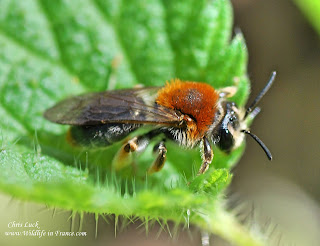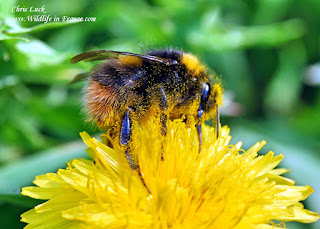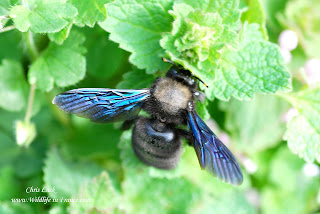The
Common Adder is not found in the warmer parts of France and is generally to
only be found in the north and east. As such I thought this information about Adders
in the Réserve naturelle nationale de la vallée de Chaudefour, France maybe of some interest.
It certainly sounds like a great place to visit if nothing else.
The
Vallée de Chaudefour is a glacial valley in the heart of the volcanic massif du
Sancy in the Auvergne National Park with a unique range
of species many of which are unique to mountain environments. It has no less
than 976 species ranging from mammals such as chamois, mountain sheep and
marmots to the Apollo butterfly, (Parnassius
apollo), rock thrushes (Monticola
saxatilis), and a population of Common Adders, (Vipera berus).
The
Chaudefour Valley which is between 1137
and 1854 m above sea level has 820 ha of terraced landscape was classified as a
National Nature Reserve in 1991. The syndicate of structures that manage the
park together with the ONF, (Office National des Forêts), put in place a
program that ran from 2011 to 2016 to record and document the adder population.
The
inventory has been realised by Frederic Durand, of the Société d’histoire
naturelle Alcide-d’Orbigny. The methodology consisted of field surveys with a
systematic search and in all 248 Adders have been counted inside the reserve
and 19 outside the reserve. They have all been identified, named with an
individual tracking record. The colouring, the patterns of the head and
arrangement of cephalic scales allow individual photographic recognition,
rather like finger prints in humans.
The effective boundary between where the Asp Viper is to be found at lower altitudes and the Adder is directly
on the boundary of the reserve where a hybrid pregnant female was found and is
the third known case of such a hybridization identified in France.
In
June of 2016, officers from the departmental ONCFS, (Office National de la
Chasse et de la Faune Sauvage), for the Puy-de-Dôme participated in a day of
recognition where 1 Grass snake and 19 Adders
were measured, weighed and photographed.
The
ONCFS officers were able to practice finding the vipers which can be hard to
find, especially males, (females that bask on rocks to thermoregulate are usually
easier). They also had the opportunity to handle the snakes and discuss the
monitoring program with specialists, (sounds like a fun day out).
The
implementation of this virtually unprecedented comprehensive monitoring program
and the relatively large number of snakes detected where they were thought to
be scarce is very interesting given that overall this species is rapidly becoming
threatened in much of its range. In general the loss of habitat and
fragmentation of the population elsewhere has pushed this species from the
status of "least concern" to "vulnerable" category on the
2015 red list.
Office National des Forêts ONF
Réserve naturelle nationale de la vallée de Chaudefour HERE
Cheers, Chris












